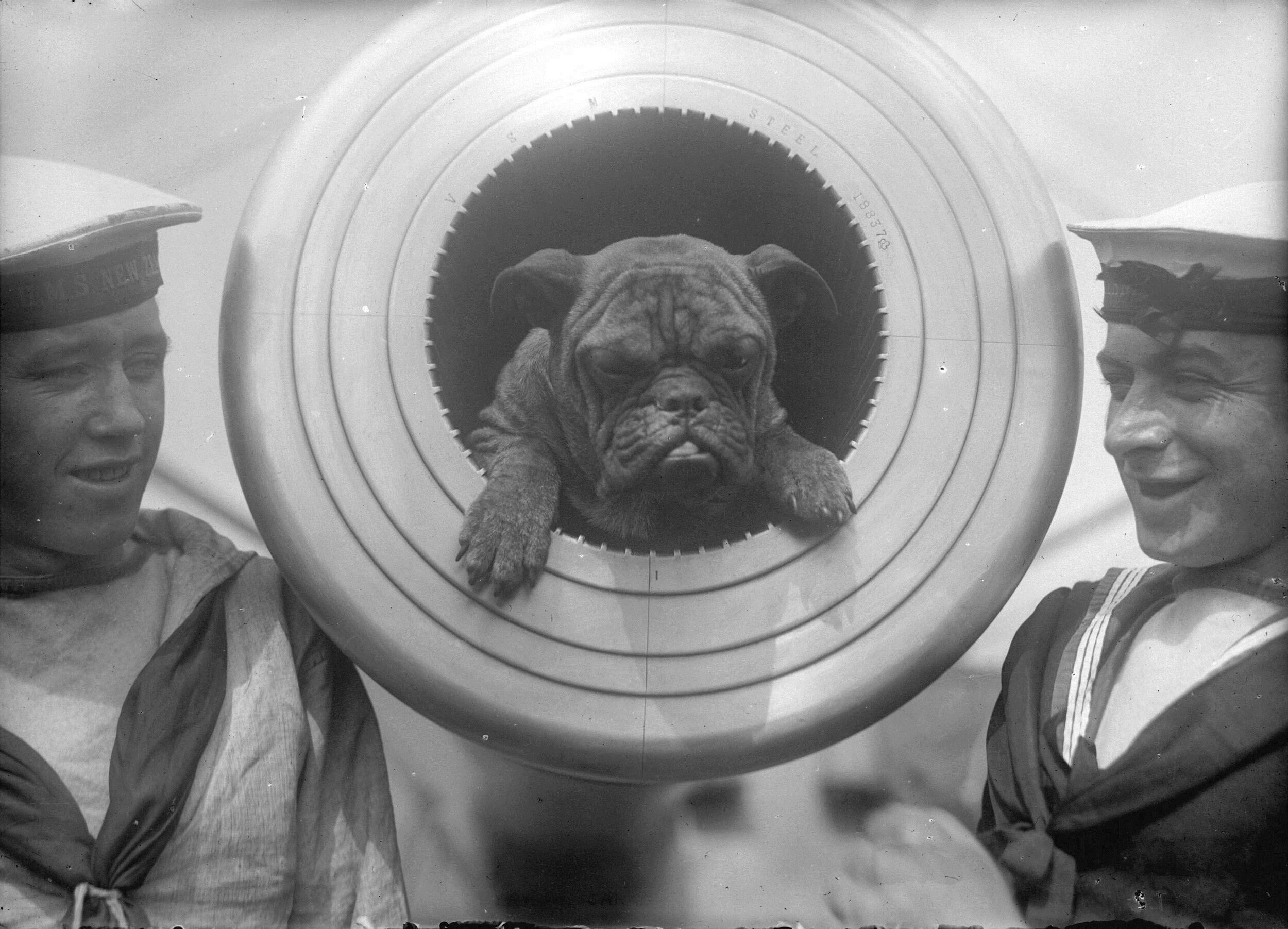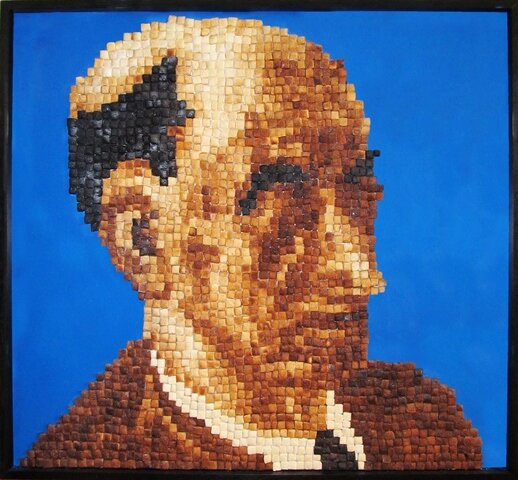Two extraordinary egg cups and an ashtray will feature along with paintings of politicians and generals in an exhibition marking the centenary of the outbreak of the First World War. The egg cups bear portraits of Britain’s King George V and Queen Mary, who ruled over the British Empire during the war. The white porcelain cups were made in Germany and the name of Britain’s principal enemy in the four-year conflict is printed in red under their base.
The egg cups, ashtray and a tea towel, which also feature the King’s image, are the most unusual of more than 70 exhibits in the moving, colourful and varied exhibition called Facing the Front: New Zealand’s Enduring First World War illustrating the country’s participation in what became known as “The Great War”.
A cartoon of Germany’s Kaiser Wilhelm II and a striking oil portrait of Turkey’s leader Mustafa Kemal Ataturk, commissioned by the Turkish government for the exhibition, will also be on display along with paintings and drawings of politicians, generals, Victoria Cross winners, scientists and businesspeople.
New Zealand’s war time prime minister William Massey is featured in a painting by Briton Augustus John, probably the most famous artist whose work is on show. Well known New Zealand artist Dick Frizell is featured with a portrait of the atom-splitting scientist Lord Rutherford, who pioneered anti-submarine research during the war.
An outstanding exhibit is a 1500mm by 500mm cross of Flanders poppies that Queen Elizabeth laid at the Wellington Cenotaph on January 11 1954 during the first visit to New Zealand by a reigning monarch.
The exhibition includes nursing pioneer Hester Maclean and health reformer Ettie Rout, who introduced safe sex practices to Kiwi troops in Egypt, and her New Zealand Volunteer Sisterhood. It also features conscientious objectors, including James K Baxter’s father, Archibald, who defied the nation’s jingoistic fervour and refused to fight.
New Zealand, as a devoted member of the British Empire, enthusiastically sent more than 102,000 men and women to the war, in which more than 18,000 of them died. The exhibition’s curator Gavin McLean, senior historian at the Ministry for Culture and Heritage, says consequences linger today.
“As the first of the major WWI art exhibitions, it takes a broad-brush stroke, telling the story of an appalling, inhuman, war in one building, rounded out by the inclusion of artists, architects, historians and novelists who have shaped our changing views on the war,” he says.
Curated by Gavin McLean







